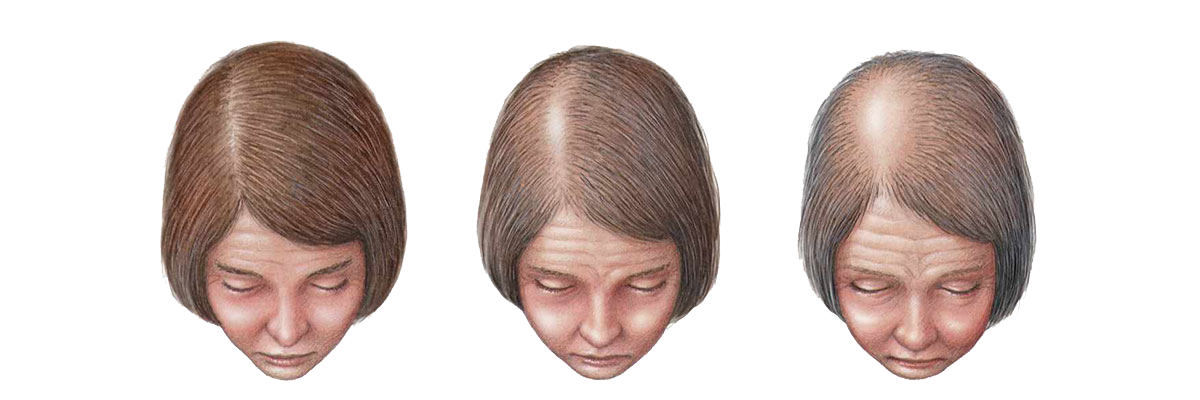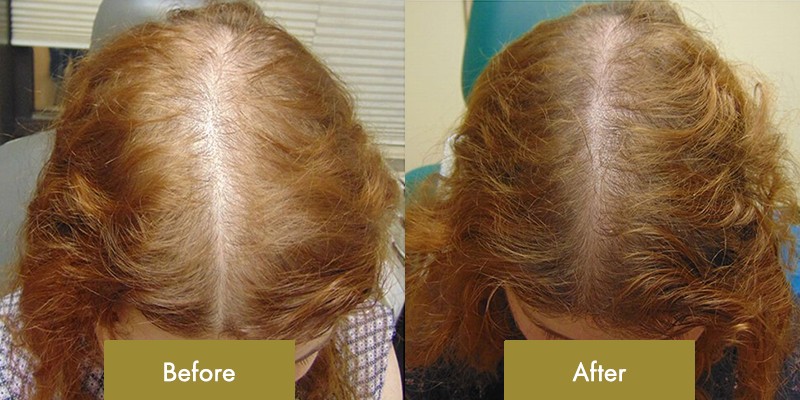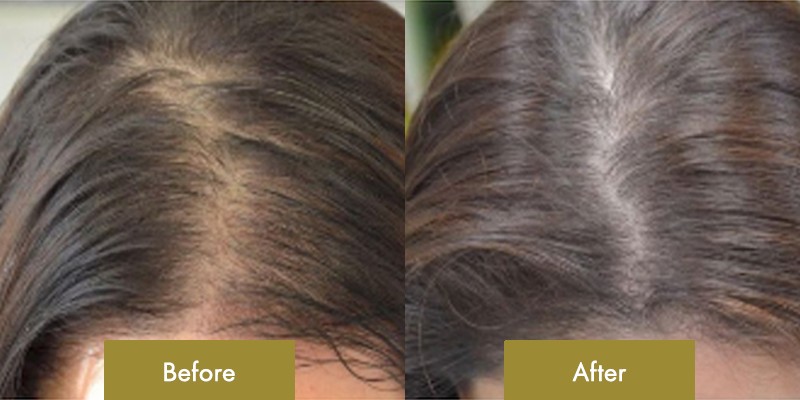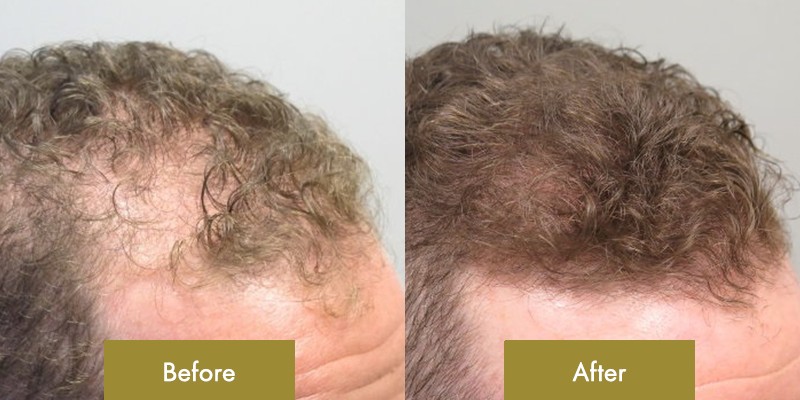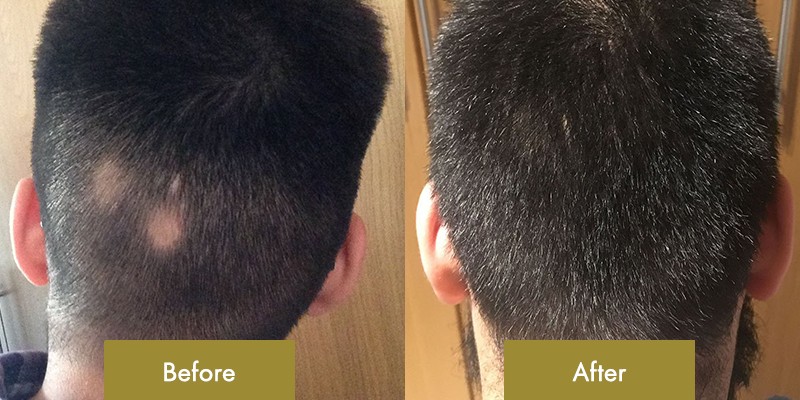What is hair loss and what causes it?
People have somewhere between 100,000 and 150,000 hairs on their heads. People have between 100,000 and 150,000 hairs on their head. The number of strands normally lost in a day varies, but on average is 100. In order to maintain a normal volume, hair lost daily must be replaced at the same rate. The first signs of hair loss are more hairs than usual left in the hairbrush after brushing or in the basin after shampooing.
The reasons for hair loss are many. When hair loss begins suddenly, the cause may be due to illness, diet, medicine, or childbirth. If hair loss is gradual and becomes more noticeable with each passing year, a person may have hereditary hair loss. Certain hair care practices and products also can cause noticeable hair loss.
The following describes some of the many factors that cause hair loss:
Hair and scalp disorders
- Hereditary thinning or baldness (also called androgenetic alopecia): This is the most common cause of hair loss. It affects men and women.
- Alopecia areata: Researchers believe that this is an autoimmune disease, and in this case the body attacks its own hair.
- Cicatricial (scarring) alopecia: This rare disease develops in otherwise healthy people. The disease destroys the hair follicles.
Diseases
- Underlying medical condition: Hair loss can be the first sign of a disease. About 30 diseases, including thyroid disease and anaemia, can cause hair loss.
- Illness: Significant hair loss can occur after an illness. A major surgery, high fever, severe infection, or even a flu.
Hormones and stress
- Giving birth: After giving birth, some women have noticeable hair loss due to the low oestrogen levels.
- Menopause: Hair loss is common symptom during menopause.
- Stress: Experiencing a traumatic event, such as the death of a loved one or a divorce, can cause hair loss.
Dieting and poor nutrition
- Weight loss: Some people see hair loss after losing more than 8 kilos.
- Vitamin Α: Too much vitamin A can cause hair loss.
- Protein: When the body does not get enough protein.
- Iron: Not getting enough iron can lead to hair loss.
- Eating disorder: When a person has an eating disorder, hair loss is common. Anorexia and bulimia can cause hair loss.
Medicines
Certain medicines can cause hair loss.
These include:
- Blood thinners
- High-dose vitamin A
- Medicines that treat arthritis, depression, gout, heart problems, and high blood pressure
- Birth control pills
- Anabolic steroids that are taken to build muscle and improve athletic performance
Incorrect washing, drying, combing and styling products
The following practices often cause the hair to break:
- Too much shampooing, combing, or brushing
- Rubbing wet hair dry with a towel
- Brushing or combing wet hair
- Excessive use of products and techniques, such as permanents, dyes, blow dryer, flat iron, gel, hair sprays, etc.







